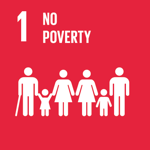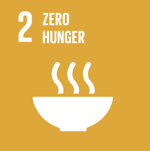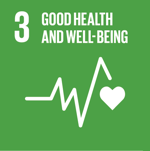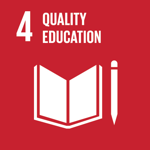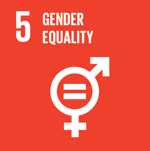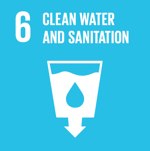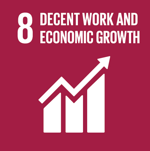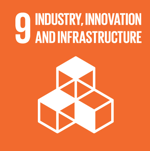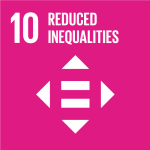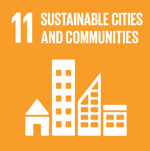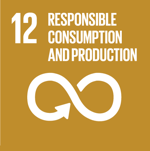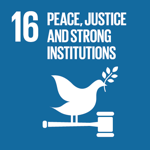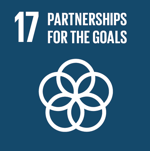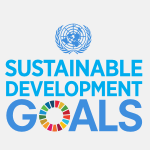Reduced Inequalities


Home » Reduced Inequalities » SDG 10 – Impact Progress for East Jerusalem
SDG 10 – Impact Progress for East Jerusalem
It has been a noisy few months in Israel. Not just on the judicial reform issue, mind you – also concerning social impact efforts in the Arab community. Hope that’s behind us.
The big news: after some intra-coalition arm-wrestling, the Government approved a new five-year, 3.2 billion shekel program to improve education and infrastructure for the Arab community in East Jerusalem (a continuation of the previous five-year, 2.2 billion shekel plan adopted in 2018).
In another positive development for the eastern part of Israel’s capital, a new 10 million shekel high-tech center (free for use by companies) has been launched there particularly with the intention of advancing high-quality employment opportunities among university graduates from the area. The firm EasTech is playing a central role in this public-private partnership that includes the Government and Jerusalem Municipality.
Future development of such initiatives should be good news for the growing number of Arab students from East Jerusalem choosing to study in Israeli higher education institutions. According to a report (Hebrew) by the Jerusalem Institute for Policy Research, 54% of these are the first in their families to continue on to university studies; 52% made the decision based on the academic prestige of the institution chosen. Furthermore, women account for 70% of these young adults.
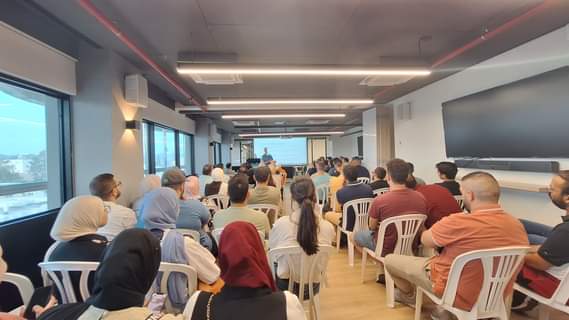

The rising profile of women from Israel’s Arab community in higher education goes beyond East Jerusalem, of course. According to data published by the Labor Ministry, 25% of Arab women aged 30-34 throughout Israel are now college educated – a percentage that has doubled in the past decade.
The Government’s five-year plans for the Arab community (2015 and 2022) can be credited with this achievement; indeed, they continue to demonstrate the wisdom of the concept. According to the Social Equality Ministry’s newly-released report summarizing implementation thus far of the second five-year plan, almost 6 billion of the 30 billion shekel program have already been utilized. Not surprisingly, a new Prime Minister’s Office report (Hebrew) monitoring the execution of Government decisions crowned the plan for leading with the highest implementation rate (in 2022).
It’s worth mentioning that in addition to the five-year plan for the Arab (and northern Bedouin) community, in the past few years the Government has also budgeted separate programs for the Druze and Circassian (3 billion shekels) and southern Bedouin (5.2 billion shekels) minorities. Such programs remain critical in efforts to reduce inequalities – including in education, which continues to overcome obstacles: new Education Ministry data (Hebrew) indicate matriculation entitlement among Druze high school students has now reached 91.6% (the highest in Israel); meanwhile, among southern Bedouin students the figure has jumped to 63.7% – from 48.1% just four years ago!
It’s a real pity that the rising noise level in Israel is drowning out the fact of real progress in minority advancement. Our advice: turn down the volume and keep up the good work.
Related articles
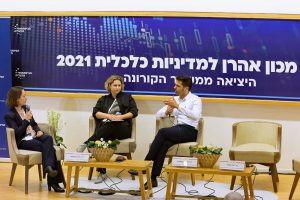

SDG 10- Israel’s Equality Discourse: Can You Hear It? – Part 2
Reduced Inequalities Read Part One In part one of our zoom-in update on Israel’s robust social justice discourse we shed light particularly on the issue
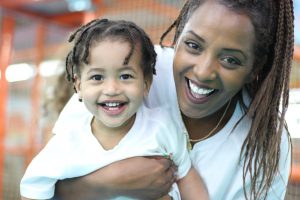

SDG 10- The Ethiopian Israeli Community – Part 2
Reduced Inequalities Read Part 1 With the ongoing efforts in Government to foster integration and equality among Israelis of Ethiopian descent, there is a vast
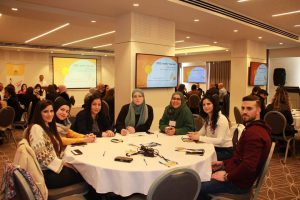

SDG 10 – Israel’s Minorities on Ramadan
Reduced Inequalities The changing of the guard in Israel has raised questions about the country’s future on a number of fronts. What lies ahead for

